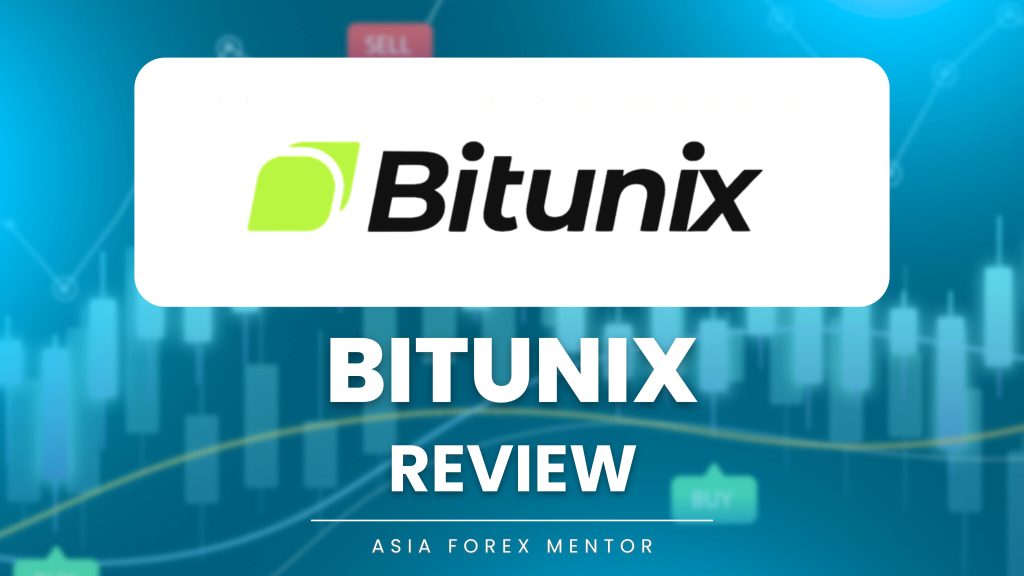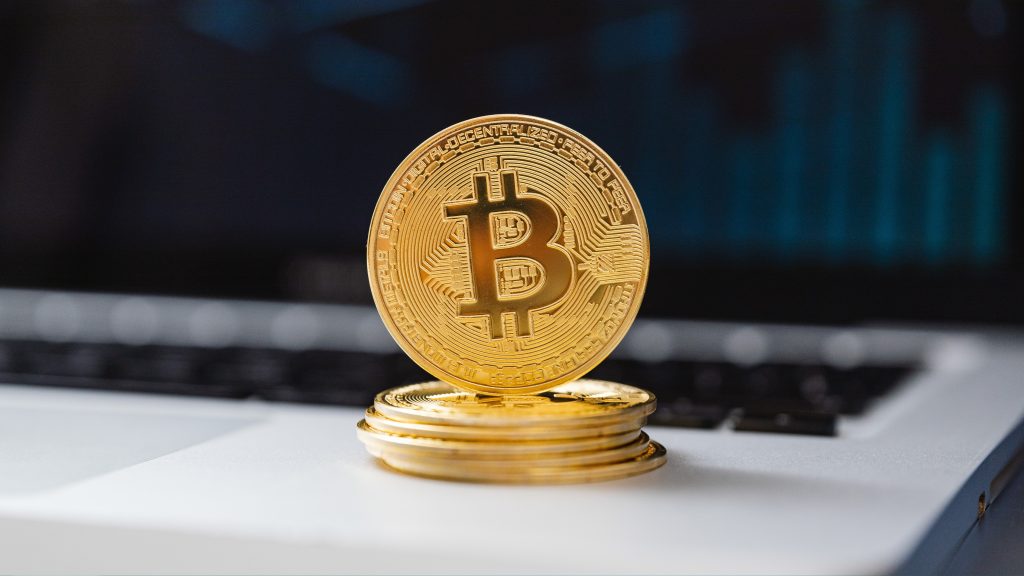The Federal Reserve is balancing innovation and risk as artificial intelligence moves deeper into the global financial system today. At the Singapore FinTech Festival , a senior Fed official said banking’s fast use of AI needs clear rules to stay stable.
Regulators must balance new technology with safety, making sure artificial intelligence helps productivity without hurting financial stability or global trust. In the United States, deregulation might already be moving too fast, creating unseen risks and weaknesses in financial markets.
Banks are now using artificial intelligence beyond marketing, applying it to trading, lending, compliance, and key financial management operations worldwide.
This shift requires strict watchfulness, as algorithms could interact unexpectedly, increasing market swings and possibly creating large-scale financial system risks.
Barr warned that biased data could enter financial systems, making AI models unfairly shape markets or widen existing economic gaps. He said policymakers must stay alert to these dangers and act before they can affect another major financial cycle.
Meanwhile, the Fed continues to navigate its own policy crossroads. Officials have cut interest rates twice following a summer hiring slowdown, though opinions remain divided about another move in December. Investors, however, are still betting on it.
Barr described two possible outcomes for AI: one improving current jobs, another transforming productivity and how people balance work. He said heavy investments in data centers could increase growth, raising output and productivity without pushing inflation any higher.
A recent New York Fed survey shows AI adoption has already led some employers to scale back hiring plans, a shift Barr said might be contributing to the slower pace of job creation. While he avoided direct comments on short-term policy, his message was clear: the AI revolution will test both the economy’s resilience and the Fed’s playbook.
Also Read: 7 Things You Should Do as a Trader While the Dollar Crashes
For forex traders, Barr’s warning signals a deeper theme: AI isn’t just a tech story, it’s a monetary one. If automation drives productivity gains without inflation, central banks could tolerate lower interest rates for longer, putting downward pressure on the USD. But if volatility from AI-driven markets rises, safe-haven currencies like the JPY and CHF could see renewed strength.
As the Fed watches both algorithms and inflation data, traders should watch how AI narratives start influencing rate expectations and currency flows. The next big policy shift may come not from inflation, but innovation.
















